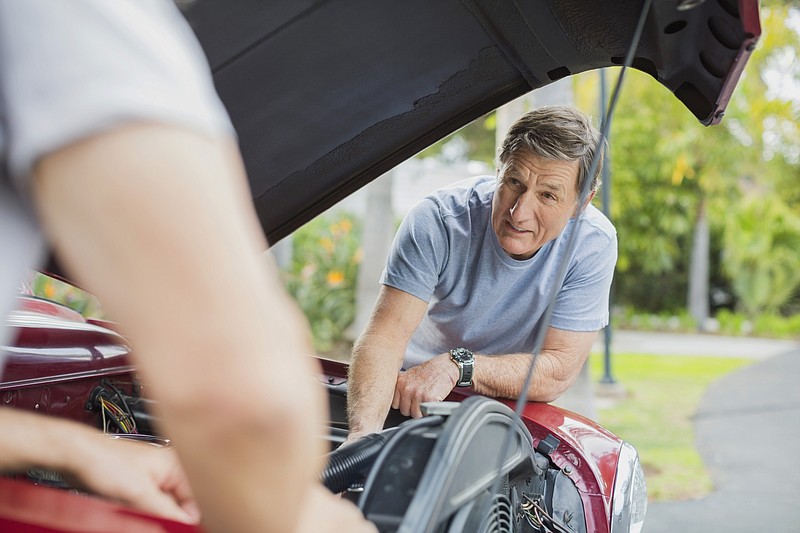Q: As a former mechanic, I read your column regularly to help keep me up with what's going on in the auto repair world. Occasionally I read about frustrating intermittent problems like failure to start or stalling. We all know they're often hard to pin down unless the problem can be recreated for diagnosis. I thought I'd share one of my experiences with you.
I had a customer several years ago with a very perplexing no-start problem. The car was towed back to our shop several times. Naturally, it started up perfectly every time for us. We kept the car for several days hoping to finally recreate the problem. We checked all possible causes. Nothing was evident. By chance one day I was looking over the fuse panel and noticed that the fuel pump fuse seemed slightly different looking than the others. Obviously it was an aftermarket replacement. It looked fine and tested fine, but I decided to take a closer look. What I found was a very fine hairline break in the metal strip inside the fuse. It turned out that the defective fuse was intermittently breaking electrical contact with the fuel pump. A new fuse fixed the problem. I now look at fuses very carefully when intermittent problems arise. Hope this helps.
-Ken D.
A: Good stuff, Ken! Of all the things I try to help with, intermittent stalling generates more follow-up comments, suggestions and interesting stories than any other topic. I enjoy and learn from these comments and try to bring them forward in future situations.
There can be such diverse causes for a vehicle to quit running, and the way they might manifest, and can vary between vehicle types/brands and driving situations. In the case you mentioned the engine would have spark, and fuel injection commands, but no fuel pressure when the fuse heated to the point of opening. The faulty fuse might work fine for a while but would gradually heat up by the nature of its design, and the added electrical resistance of the crack/defect. Expansion due to heat can play heck with electrical connections!
Diana C. told me about a Thunderbird that would quit without warning, and it turned out to be an EGR (exhaust gas recirculation) fault. Recycling a small quantity of exhaust back through the engine helps reduce combustion temperature, limiting formation of NOx (oxides of nitrogen), a nasty pollutant. EGR reduces combustion stability and should never occur during idle! In this case the T-Bird probably ran pretty well on the road but would shudder and stall when stopping, as the EGR was remaining active (clogged solenoid vent filter or sticky valve?)
The bottom line is careful analysis of the symptoms and a combination of training, experience, research tenacity (detective skills) and the patience of a saint are needed to fix these toughest of problems!

